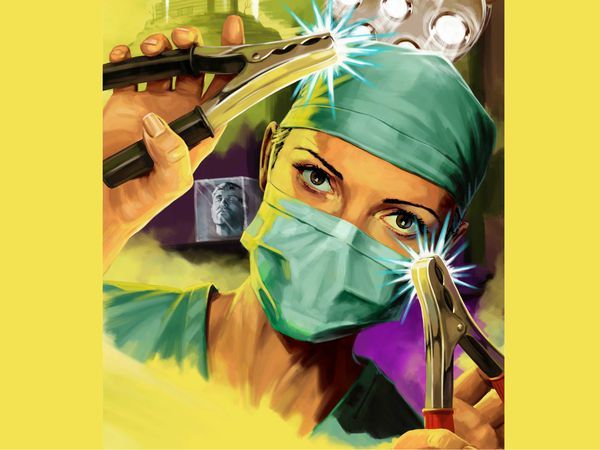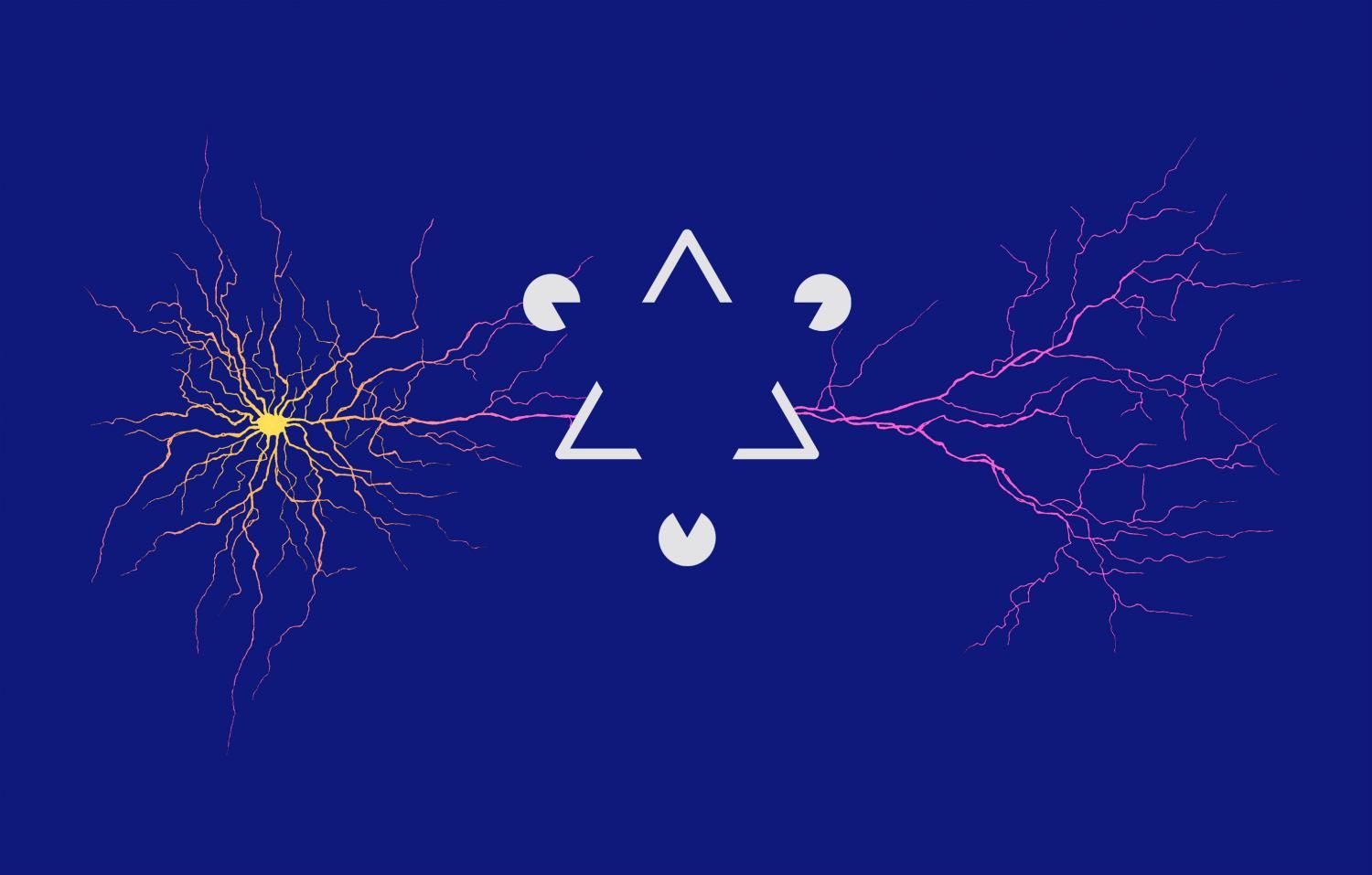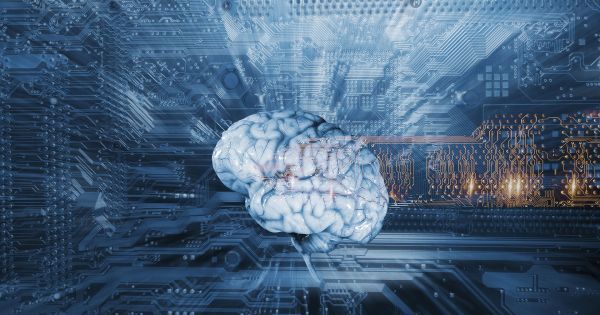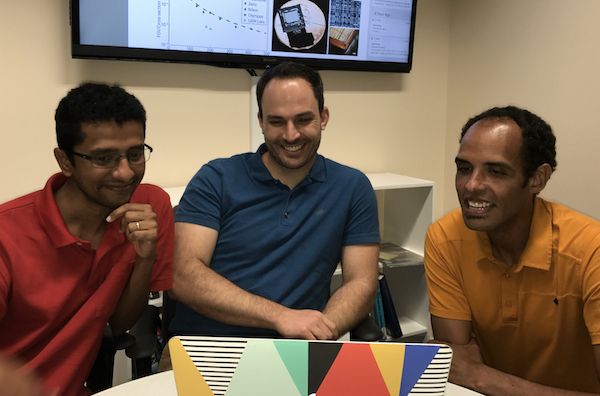“Microglia play an important role in Alzheimer’s and other diseases of the central nervous system. Recent research has revealed that newly discovered Alzheimer’s-risk genes influence microglia behavior,” Jones said in an interview for a UCI press release. “Using these cells, we can understand the biology of these genes and test potential new therapies.”
A Renewable Method
The skin cells had been donated by patients from UCI’s Alzheimer’s Disease Research Center. These were first subjected to a genetic process to convert them into induced pluripotent stem (iPS) cells — adult cells modified to behave as an embryonic stem cell, allowing them to become other kinds of cells. These iPS cells were then exposed to differentiation factors designed to imitate the environment of developing microglia, which transformed them into the brain cells.





